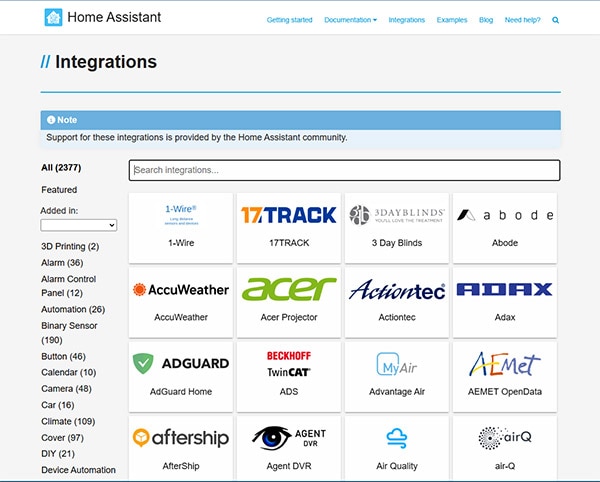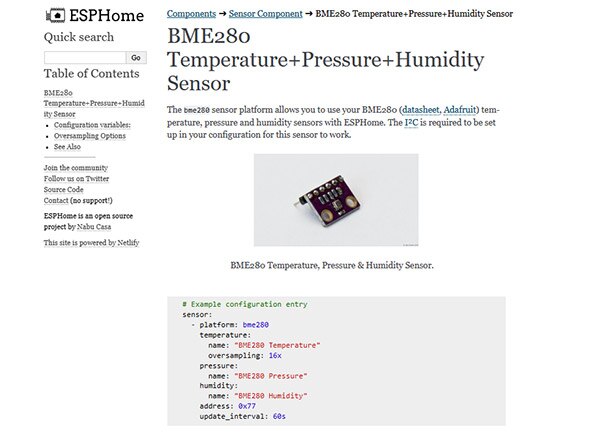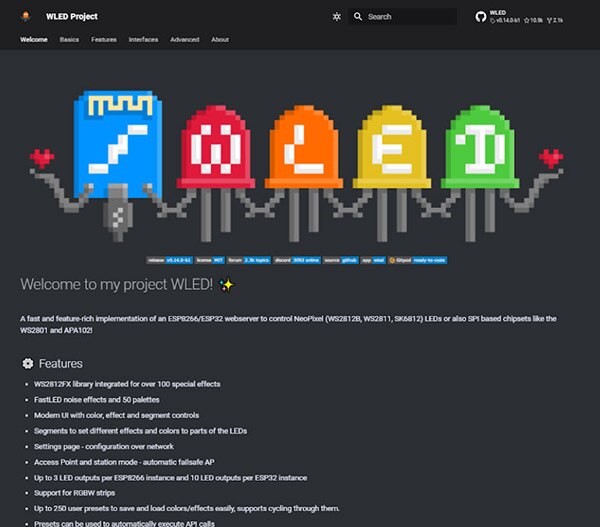A Summary of DIY Smart Home Software
2023-02-23 | By Maker.io Staff
A recent article investigated essential terms associated with the smart home sphere as well as the components that make a typical consumer-grade smart-home system. It also gave examples of devices you might find in these systems, and the common challenges to overcome when designing a smart home architecture. However, the article didn’t cover the software side of things – so here we are!
This article introduces some popular libraries and explains how they fit into the bigger picture of a complete smart ecosystem. It’ll also summarize a few key hardware aspects to consider when choosing the hardware for the components in the system.
Building a State-of-the-Art Control Hub Using Home Assistant
The central hub is an essential component in every advanced home automation system. It manages the communication between sensors, actuators, devices, and the cloud, orchestrates automated tasks, and provides users with an interface that lets them display and change various system parameters. For this, the hub must be reliable, fault-tolerant, secure, fast, and preferably support numerous manufacturers and devices. Besides these aspects, the hub hardware should support modern WiFi and Bluetooth standards. More data-intensive applications (for example, live video streaming) could also benefit from a base station that offers a wired Ethernet connection.
Home Assistant (HA) is an open-source smart home hub solution that you can install in various ways. However, the most popular options are installing it as a standalone operating system or running a containerized version of HA (like Docker). Fortunately, the OS isn’t very demanding, so you likely won’t have a hard time finding a Linux-compatible machine that can run it. Examples include more recent Raspberry Pi models and the Seeedstudio Odyssey X86 platform (watch out for an upcoming article that will explain the installation process in more detail!).
 The Home Assistant website lists all currently supported integrations – there are currently more than 2000!
The Home Assistant website lists all currently supported integrations – there are currently more than 2000!
Besides its high compatibility, HA can integrate devices from more than 1000 different manufacturers and vendors, custom-built devices, and even external services such as NodeRed and Spotify. In addition, the built-in automation engine lets users define powerful rule-based automation options that may include data from various sources, check multiple conditions, and control specific devices if the conditions are met.
Design Smart Devices Effortlessly with ESPHome
Integrating existing devices into a smart home system is enough for most people. However, makers and hobbyists will likely want to build custom devices and make them communicate with a base station. Achieving that goal can be daunting, especially for beginners, and ensuring reliability and security along the way is complicated, even for experienced makers. Existing SDK libraries can tremendously reduce the development and testing effort needed to get a custom smart device online.
ESPHome is an open-source library that runs on ESP32, ESP8266, and RP2040-based microcontrollers and integrates with Home Assistant neatly. With ESPHome, programming custom smart devices is a simple process that can be achieved without any prior coding experience. The library allows almost anyone with a compatible board to add custom sensors, actuators, and any other DIY smart home device by only setting up a few configuration files. These files tell the library which external devices are connected to the board, and which pins the SDK has to use to communicate with the modules. ESPHome then compiles all this information into custom firmware that can run on the development board.
 The excellent ESPHome documentation includes descriptions and configuration examples for all supported devices.
The excellent ESPHome documentation includes descriptions and configuration examples for all supported devices.
For that purpose, ESPHome offers hundreds of integrations for all sorts of sensors, actuators, LED strips, communication protocols, third-party services, APIs, IO modules, and much more. In addition, experienced makers and component manufacturers can add custom modules for interfacing with not-yet-supported modules and protocols.
WLED: A Straightforward Solution for Adding LEDs
While ESPHome offers some lighting-related modules, the provided functionality is relatively limited, and makers would have to implement complex functionality themselves. That’s where WLED comes in – it’s a more advanced, yet easy-to-deploy, smart-light library designed explicitly for ESP32, ESP8266, and some ESP8285-powered devices. Like ESPHome, WLED also integrates with Home Assistant to deliver its users a streamlined experience and a dashboard where they can control all their devices simultaneously.

However, what makes WLED special in this regard is its built-in support for over 100 impressive LED animations that can synchronize across multiple devices that run the WLED firmware. It also comes with a few more handy features, such as an auto-dimming night light mode, OTA firmware updates, and a beautiful standalone UI that allows using WLED devices without a dedicated smart home hub.
Summary
There’s a considerable number of dedicated smart-home libraries and SDKs you can choose from today. However, only a few are as sophisticated and advanced (yet easy to use) as the three products outlined in this article.
Home Assistant lets you build a custom smart home hub that manages all the smart home devices, sensors, and actuators in your home. ESPHome allows you to construct custom smart devices based on ESP8266, ESP32, or RP2040-enabled development boards without having to write complicated programs. Finally, WLED offers more advanced smart lighting options that can be used as a standalone solution or in conjunction with Home Assistant to create intriguing lighting effects that synchronize across multiple devices.

Have questions or comments? Continue the conversation on TechForum, DigiKey's online community and technical resource.
Visit TechForum







 中国
中国